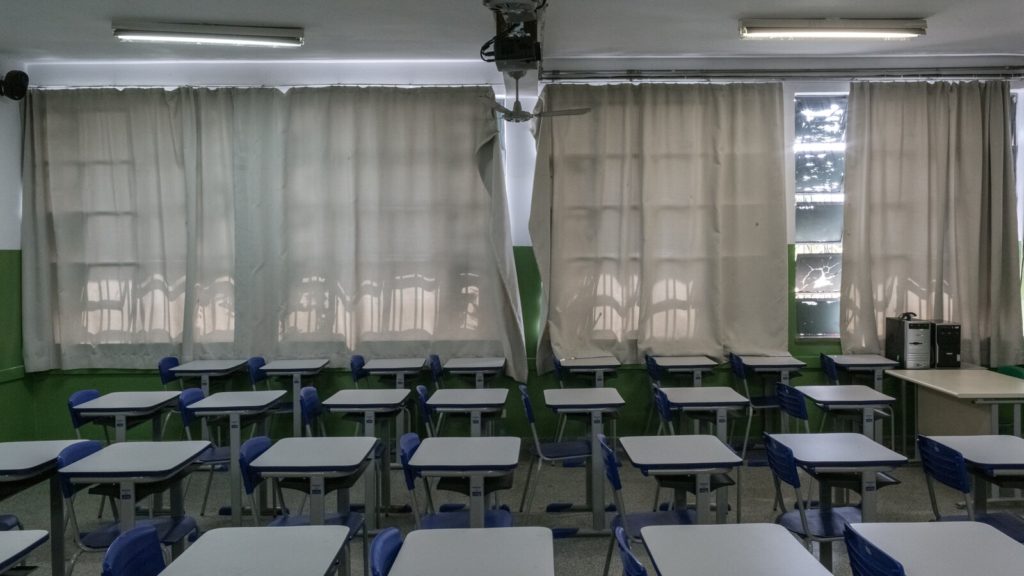What we’re facing in Brazil is an educational catastrophe
The New York Times
Jan. 25, 2021
by Vanessa Barbara
Contributing Opinion Op-ed Writer
SÃO PAULO, Brazil — For almost 10 months now, around 35 million Brazilian children have been out of school. When schools were closed in March, at the beginning of the pandemic, I thought we only had to be a little patient. As soon as we got the virus under control, they would be the first to reopen, right?
Wrong. Brazil hasn’t come close to controlling the pandemic: In the absence of national lockdowns and comprehensive mass testing, the daily death toll has remained constantly high. The most we got — beyond President Jair Bolsonaro’s brazen denials that anything was wrong — were a few restrictions applied here and there by local governments.
Then as early as June, regional governors — hoping to mitigate the bleakness of the situation — thought it a good idea to slowly reopen the institutions that were most important to us: shopping centers, restaurants, bars, gyms, beauty salons, movie theaters, concert halls, even betting shops. Pretty much everything, it seemed, except for schools. And so it has mostly stayed.
On public health grounds, this made no sense. As people resumed their cardio workouts and hair-dying habits, the virus continued to spread. And in response, teachers refused to return to schools while the risks were so high. (I don’t blame them.) But surely our leaders wouldn’t just cast children aside — they would have a plan for a gradual reopening, right?
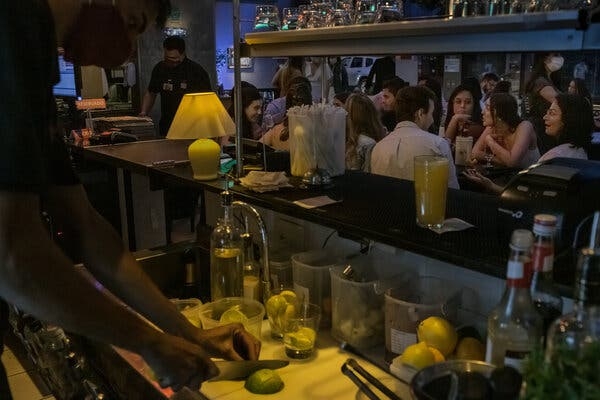
Wrong again! Ten months since schools were shuttered, everything is roughly as it was. In Brazil, bizarrely, bars have been deemed more important than schools, manicures of greater social significance than children’s mental health. Most parents feel abandoned, forced to take on an intolerable burden with no support. And an entire generation of children, their development dangerously stalled, have been left to their own devices.
The results have been dreadful. Many Brazilian students are currently receiving some version of remote learning — but only those who have the means to do so. Roughly 25 percent of students from public schools don’t have access to the internet, according to one estimate. Other research found that close to a third of caregivers were concerned that their kids would drop out of school altogether.
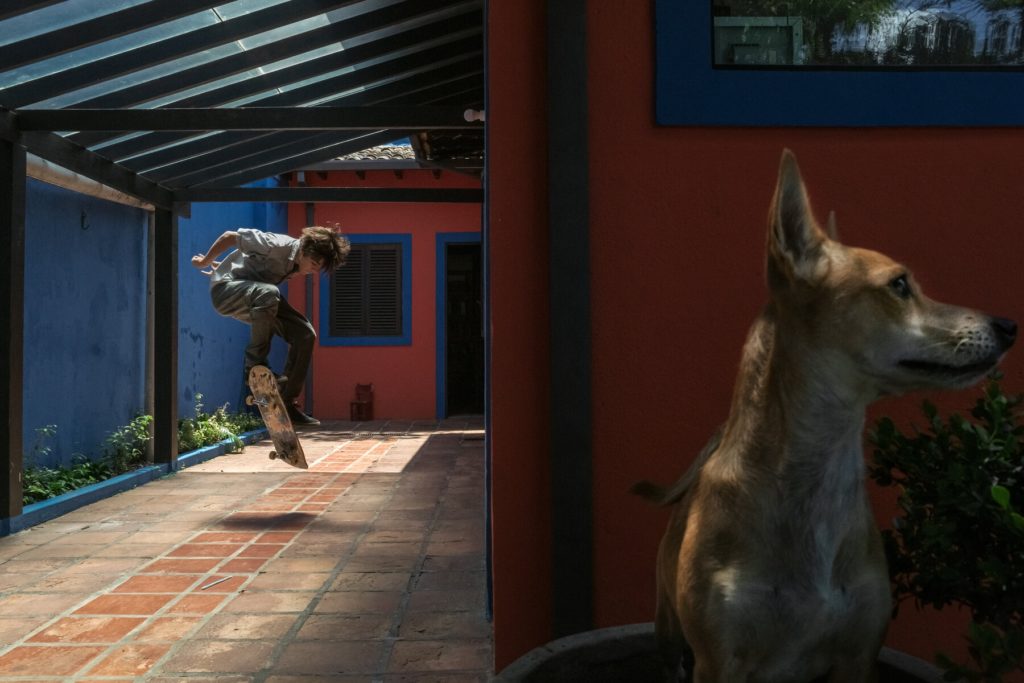
That’s not surprising. It’s hard to overemphasize the positive impact of in-person learning, which goes far beyond reading and writing to include children’s physical and mental health, nutrition, safety and social skills. In its absence, pediatricians have reported a worrying rise in depression, anxiety, sleep disorders and aggressive behavior among their patients.
And in a country as unequal as ours, this interruption is especially devastating. While in many cities private schools, sufficiently solvent to adapt their buildings, have been authorized to partially reopen for in-person classes, public schools — often, like the nursery my 2-year-old attended until March, small, unventilated and crowded — have mostly remained closed. The poorer the child, the greater the damage of school closure. (In more ways than one: At least seven million children could be going hungry at home, without access to school lunches.)
All in all, according to a November report by the UNICEF, children in Latin America and the Caribbean have lost on average four times more days of schooling compared with the rest of the world. Most students are now at risk of missing out on an entire school year. For younger children, most affected by the lack of socialization, it’s an especially big blow. There simply aren’t enough studies to measure the size of the educational catastrophe we’re facing here.
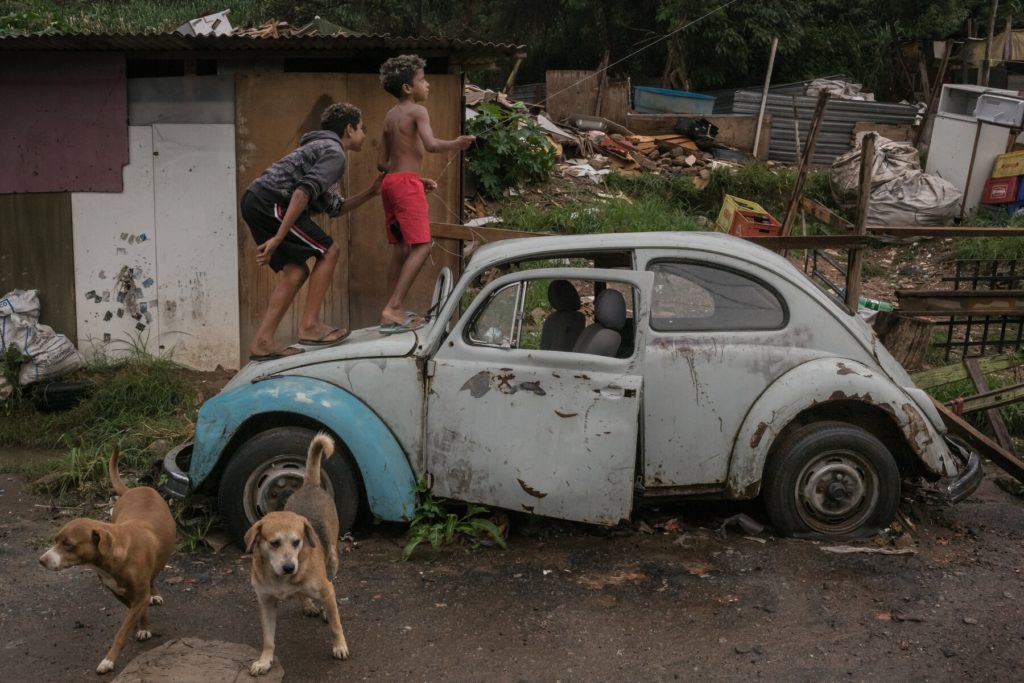
I wish I had an easy solution for this tragedy, for the sake of our children. (Hey! What about turning all the bars into schools? Just picture it: teachers instead of waiters, children at the tables. We could put milk in beer kegs!) But there’s no straightforward fix. Though many scientific studies show that children don’t appear to be exposed to higher risks of coronavirus infection in schools and that school staff, compared with the general adult population, aren’t at a higher risk either, that depends on having community transmission rates under control and mitigation measures in place.
But in Brazil, where the second wave has crashed on the top of the first one — on Jan. 7, the country reached the mark of 200,000 Covid-19 deaths — and schools often lack the basic infrastructure to institute public health measures, those conditions are clearly not present.
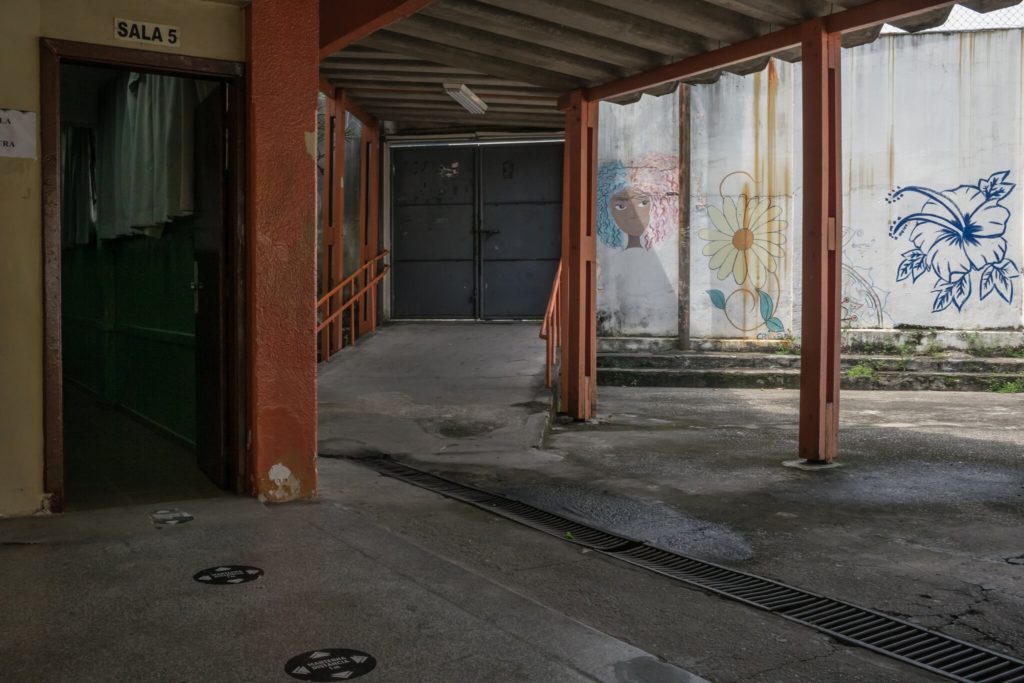
Some governors and mayors recently announced their intention to open schools in February or March, no matter what. But teachers are now refusing to go back to in-person classes until they are vaccinated. The trouble is Brazil still doesn’t have a solid national immunization plan. Judging from the chaotic, inchoate rollout so far, amid the appearance of two new variants of the virus, it could take months to vaccinate all school workers.
But doing nothing is not an option. So here are three suggestions. First, we need — right away — to increase public school funding and put in place a comprehensive plan to reform school buildings. (Many Brazilian cities could actually set up open-air schools all year long; we live in a tropical country, after all.) Second, we need to give teachers and school staff early access to vaccination, once frontline health personnel and high-risk populations are vaccinated.
And third, we need to do something especially courageous: We should call for the closure of all nonessential services until schools are safe enough to reopen. It might not be immediately popular — people may miss their foot baths to the point of anguish — but for the well-being and future of our country’s children, it is essential.
There is an alternative, of course. Kids will have to expropriate all bars. And beauty salons. And betting shops.
Vanessa Barbara is the editor of the literary website A Hortaliça, the author of two novels and two nonfiction books in Portuguese, and a contributing opinion writer.

